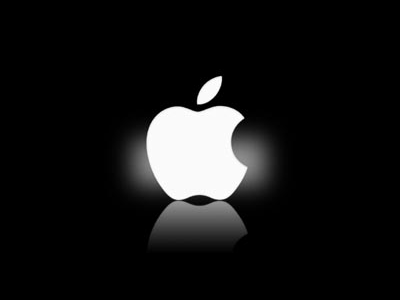We’re aware of the fact that GPS doesn’t usually work inside buildings. Cellular tower triangulation has an accuracy of half-mile radius at best. Enter IPS- Indoor Positioning System, that makes use of radio waves, acoustics signals, magnetic waves or other sensory data to precisely pinpoint objects or people inside buildings.
Apple Inc. had quietly released a protocol for an IPS last summer, as a part of iOS 7. Called the iBeacon, this Bluetooth based Beacon concept allows Bluetooth devices to receive and broadcast information within short distances. Basically, it works as a lighthouse does- a broadcaster device will constantly send information out into space about it’s location, while the receiver will detect these “beacons” (think lighthouses) and do whatever it needs to do based on how close or far it is from them.
Apple had registered for FCC(Federal Communications Commission) certification for an iBeacon hardware, in July last year. The documents filed by the company were unclear about the nature of product use- was it meant for exclusive use in Apple stores, or meant for developers to test it out, or something else entirely. FCC went ahead and made public the documents submitted by Apple. Which contains a user manual. And surprise, surprise, it doesn’t mention the cost.
No, the hardware was never meant for public use. It was meant for developers to integrate the iBeacon protocol into their own apps and document results. This has lead to something like a cottage industry of beacon makers who test deployments in places like stadiums, malls, retail stores, among other places, exploring how they might increase customer engagement, sales, and service through these devices.
As far as hardware is concerned, Apple iBeacon works on BLE (Bluetooth Low Energy)- so it doesn’t use a lot of power to function. It mounts on a wall with a standard screw, and it’s got an LED to indicate battery levels. A switch is provided to reprogram the device, for custom configuration.
It is clear that this protocol(which is an Apple trademark) when properly exploited, will yield an amazing range of applications where it can be used. Think contextualization based on proximity. Classrooms, restaurants, automation are few “consumers” that could use it. And app developers can have a field day with it.
